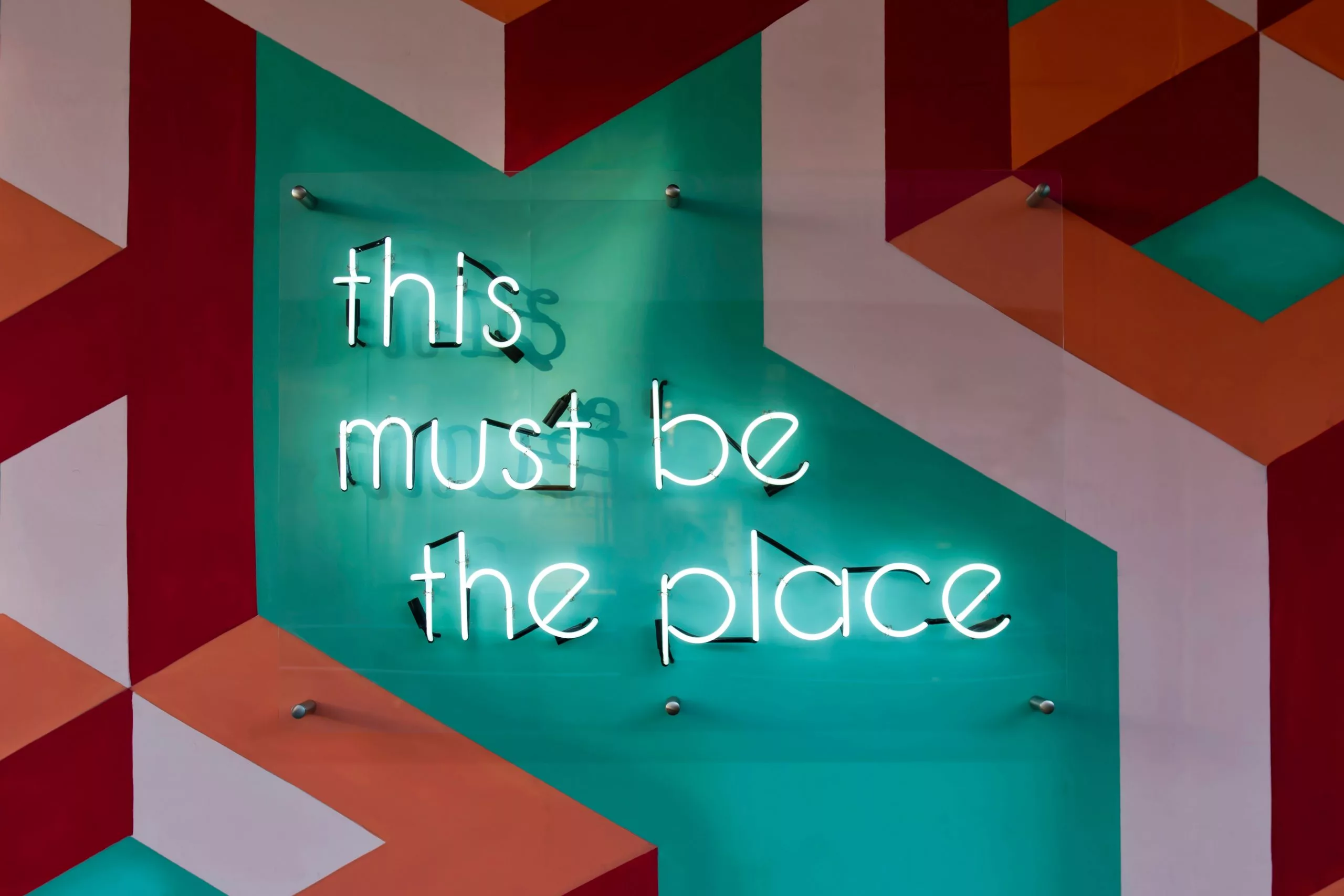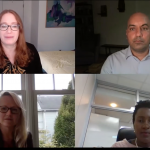According to a 2019 PwC CEO survey, the war for talent is now global. Most CEOs of international, non-US-based companies with major US operations are looking for further growth this year. Consequently, many are or will soon be building pipelines to American universities to secure top talent. Employers are therefore realizing that competing for talent based on financial rewards alone is just not enough. Instead, more companies are focusing on designing a positive “employee experience” to further stand out. Companies like Airbnb, Jet.com, Nike, among others have even created teams specifically focused on employee experience.
Sounds good so far, right? Now, how do we ensure that our efforts don’t become just another costly set of PowerPoint decks and instead help us to truly achieve a top tier employee experience?
We do so by applying intentional design, an approach that requires us to go beyond merely developing positive experiences and pause to ask: what might stand in the way of our intentions? By doing so, we protect our intended employee experience from any cracks in the process.
Covering the blind spots…
Consider that your organization may be trying to promote a coaching culture or greater career mobility. The same organization may also have managers that are not particularly interested in coaching or developing others and thus, those great tools and resources that you shared never made it to the busy manager’s priority list. In this case, your employee value proposition is nothing more than an aspiration.
To cultivate a positive employee experience with intentional design, employers need to keep in mind the following three concepts:
1. Emphasize the why.
A 2019 study from IBM’s Smarter Workforce Institute and the Workhuman Analytics & Research Institute found that meaningful work and work consistent with the organization’s values account for a 50 percentage point increase in employee experience. This is a significant opportunity that can be captured with something as simple as a project charter. I suggest that employers make it expected practice to have a project charter that shows how a piece of work connects to company goals.
This may already be common practice in your organization. Unfortunately, where many run into trouble is when team members multiple levels below the project sponsor are tasked with creating this charter. This risks the true nature of the “why” of our work from getting lost or diluted. To mitigate this risk, implement a standard where the sponsors are responsible for creating a charter that clearly outlines the intention of the initiative. If an update is required, this document should only be changed formally by the sponsor and communicated to the teams involved.
2. Reevaluate the who.
The majority of employee experience and engagement efforts tend to fall upon managers. According to Gallup’s workplace management survey, 75 percent of the reasons for costly voluntary turnover come down to things that managers can influence. So who exactly are these managers who are responsible for overseeing employee development? Generally speaking, managers don’t become managers because they portray great interest or competency in developing others. They are often individuals who excelled in their core practice discipline and were rewarded by with a bigger title and a team to manage.
This is where the example of Mckinsey & Company, a global consulting firm, really helps put into perspective the “who” when it comes to employee engagement. McKinsey uses Professional Development Managers — a.k.a. people that specifically focus on colleague development. Enlisting the services of PDMs proactively ensures that employees have those crucial development conversations and get the attention that they need. This is likely to be a much more effective approach instead of simply hoping that a manager will have and/or make the time to do it right.
3. Get specific with the how.
Just as “employee experience” seems to be a hard-to-pin-down term in today’s workplace lexicon, so too is the phrase “work/life balance” — perhaps even more so. In this digital era, the line between business and personal hours has been blurred, some may go so far as to say erased. Employees are often willing to flex personal commitments to help the company be successful; however, they expect the same level of flexibility in return. In fact, in a recent Gallup survey, 51 percent of employees say they would switch to a job that allows them flextime, and 37 percent would switch to a job that allows them to work off-site at least part of the time.
Many company leaders are embracing flextime and realizing that time in the office doesn’t always correlate with higher quality work output. So what happens when an employee hears a message of flexibility from the top but their manager sends a different message. Some managers may even do this unintentionally asking an employee “what’s wrong” simply because they said they are choosing to work from home that day.
One of the ways to approach this issue with intentional design in mind is to consider a policy where employees get X number of work-from-home days — similar to paid time off days (PTO). Mandate that they days are to be used within a certain period without allowing rollovers. This way employees are likely to take full advantage of the policy, and what’s more, they come to believe that this it truly is a company value.
We need to be moving away from vague terminology toward a substantive effort that asks questions, reads between the lines and offers real alternatives as opposed to the abstraction of buzzwords. If you don’t want to lose out on the best talent, it needs to be about investing in a comprehensive intentional design strategy that is centered on anticipating people’s needs over rectifying process deficits.





